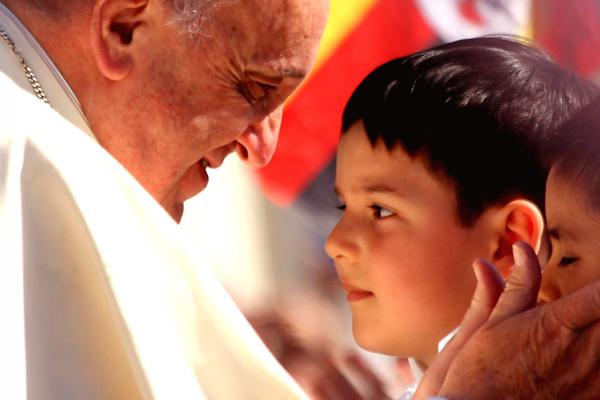Feb 12, 2016
Do you remember the video clips of 5-year-old Sophie Cruz dashing across Constitution Avenue to Pope Francis’s popemobile during his visit to Washington, D.C., last September? The story of that encounter went viral: a young child with undocumented parents from Mexico who was granted permission to approach the pope, give him a letter, and receive a hug.
At the time, many seemed surprised by encounters like these during the pope’s U.S. trip — particularly that he would choose to make personal contact with the realities faced by marginalized populations. But this encounter-centered approach has been Francis’ way of operating since the outset of his pontificate.
Read the Full Article

Already a subscriber? Login
